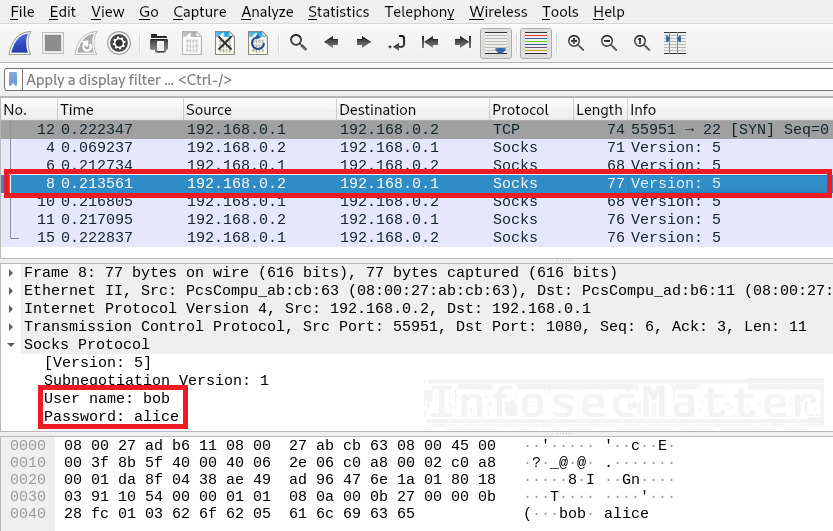

One significant difference to the frames as a whole are the transmitted frames from the Intel client that has the monitor interface attached are missing a lot of information in the radiotap header - they must be sent prior to population of certain fields, and this makes sense: a signal strength measurement does not make sense at this point as it has not been actually transmitted.This is useful when you study my case for CWSP studies different security protocols used in wireless. Reviewing the eapol frames in detail, they look OK. I proved this by ensuring the 4-way eapol frames are in both traces, then I moved both traces to a Windows box and opened both - this avoids any Wireshark issues based on version, e. I can replicate the findings described - it does not appear that we can decrypt when captured in this way. I setup a Dell with Intel wireless chipset and booted to Linux. It's a little unusual to capture this way, but it is certainly doable. I had a look at this issue a little closer today based on how vix is capturing packets. Is it checked? Because I got that checked when I see "Malformed Packet". Are you on Linux? If so, did you add a monitor interface to the adapter, and you are using the same adapter to communicate and monitor traffic at the same time? Hi Bob and thanks for the response. Can you confirm how you took the capture.

The eapol frames do not show as an error in my Windows Wireshark. Please read the FAQ for more information. Your "answers" have been converted to comments as that's how this site works. Do anyone have some ideas who can solve my problem? Here you can see the capture from Wireshark. Nothing of this seems to work for me and I have no idea why. I know how to decrypt this type of packet, because I have done it before but for now, it is impossible for some reason.


 0 kommentar(er)
0 kommentar(er)
